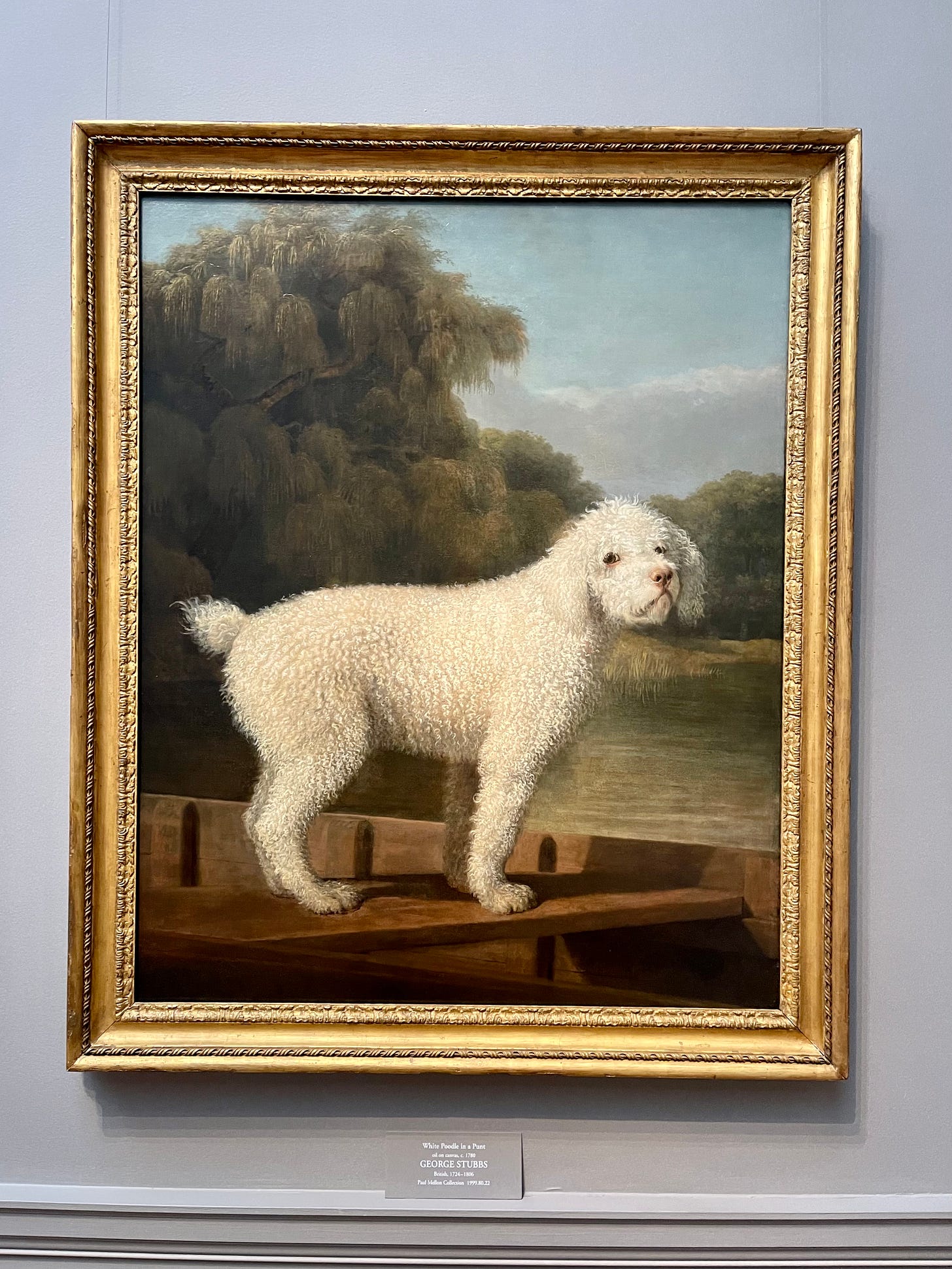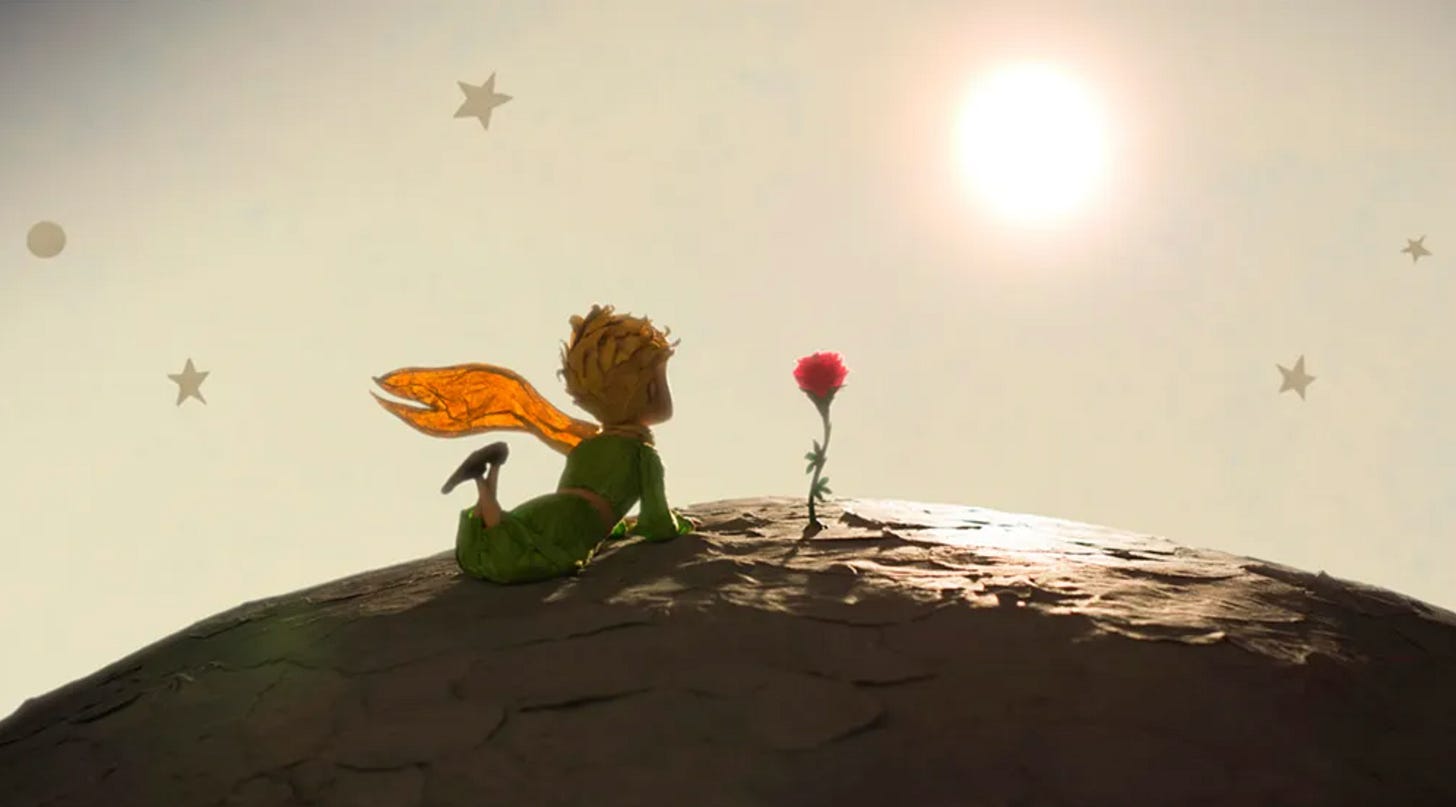I stumbled into my two and only past relationships by dumb luck. Both lasted for years, gently shepherded me through many chapters of personal growth, and were (all things considered) exceptionally positive and loving. For relationships that emerged out of happy accidents, we were unusually well-matched. I came out the other side believing I could be compatible with a large swath of people.
Turns out, that’s not true. After a year of meeting new people, I can confidently put that naive but unfounded belief to rest.
This is partially a function of age: I collected more life experiences, sharpened my edges, figured out what I liked, and grew more comfortable in my own skin. I became more discerning about who would be a good match for me. At the same time, my potential partners grew more into themselves too. We’re less like two impressionable young people who come together to mold each other, and more like two fully baked custards eyeing each other from across the cookie sheet.
This is also a function of how we date: if we’re on apps, we’re essentially finding and meeting complete strangers. We used to date within communities. Now we have to curate ourselves.1 What are the implications on trust, vulnerability, self-protection, loneliness; how cruelly or kindly we treat one another, how quickly we seek intimacy, how readily we reveal ourselves? We can’t expect oven-baked quality of connection when we put in microwave time getting to know one another.
Fabian, a friend I respect greatly for living honestly among other Spartan virtues, has a simple heuristic for finding a life partner: spend 36 cumulative hours together before getting physical. (Heuristic, not rule.23) So if every interaction is, let’s say, three hours on average, then he wouldn’t want to jump into anything physical until a dozen dates if he saw potential with her.
What better way to assess if there could be a real foundation together?
After 36 hours, the sparks wear off and cede space for us to see things more clearly. We keep looking out for what we need. We keep having courageous conversations that help us understand them better. We keep our eyes and ears open to the possibility they could be the wrong person for us. And if we still want to keep going after 36 hours understanding each other’s psychology instead of each other’s physiques, then we have an even stronger foundation to build from. It’s not holding back, but holding space for what could come.
We have to get past the distractions of flesh to see each other as human beings.
What’s the hurry? If it’s meant to be, we’ll have the rest of our lives to enjoy their company. I’d rather take the time we need to see each other clearly, go slower than necessary, than to jump the gun and find out we’re fundamentally misaligned later on.
I’m fascinated by our ability to date people with whom we have no prior mutual contacts. Going beyond 2nd- and 3rd-degree connections opens up the whole world (literally!) of people to us. But what we gain in opportunity, we lose in… Compassion? Kindness? Accountability? Something else altogether. I’m not sure what that is yet.
There’s so much dating advice out there (do this, don’t do that, no that’s ok, but it depends if…) that it’s hard to discern what is good and right for us. Ultimately, I believe we just need to find someone we have chemistry with—and be intentional about cultivating it.
So what are we supposed to do in the intervening 36 hours? The same friend recommended Eight Dates: Essential Conversations for a Lifetime of Love from the Gottmans. Here’s a blog I found with example conversation-starters inspired by the book.



